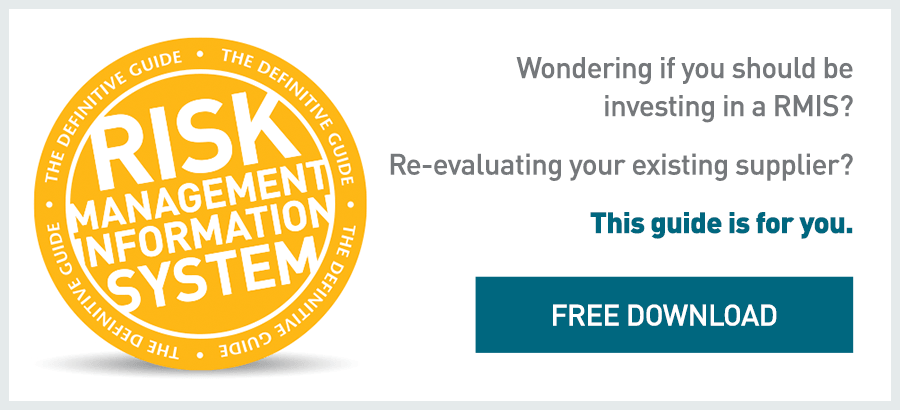
A Business Insurance article, "Data Integrity Problem is Creating Converts," revealed some stunning examples of data errors that could have cost the owners of that data lots of money. In one case, a state organization had records of millions of dollars of claims over the amount that they actually made. In another example, a company had million of dollars of extra losses reported in error. Both of these cases could cost money because of higher insurance premiums, bad information to base decisions upon, or reports about a company that appeared less profitable than it actually was.
Why Data Auditing Matters
The first example was the State of West Virginia's Board of Risk and Insurance. That department uncovered over two million dollars in data reconciliation errors for claims when they converted to a new risk management information system, or RMIS. In this case, the third-party administrator was also the insurer. The board's claims data mistakenly had other policy owners’ claims added in.
In another example, a company called Mueller Industries Inc. uncovered a loss amount of $2.3 million more than it should have. Research revealed that the administrator had neglected to account for excess insurance claims payments because the company had failed to report them to their third-party data administrator.
How a RMIS Improves Data Auditing
An RMIS system should help minimize, or even totally eliminate errors. At the same time, these modern computer systems make existing data much easier to audit. Consider some RMIS features that help provide these benefits:
- Validation upon input: Not only can data get validated as soon as it gets entered into the system, it can also be converted to a consistent format and type.
- Input from sources: The responsible parties find it easy to keep their own data updated, so the information doesn't have to flow from multiple documents to a data-entry department or administrator to make it into the system.
- Push-button reports: Managers can easily create and produce all kinds of reports and analytics that can help them review data for errors.
- Consolidated data source: All relevant data, including policies, property values, and incident information are stored together in one system.
We Cure Bad Data
Bad data is a big problem if it causes managers to make decisions based on faulty numbers, stockholders to believe a company has suffered more losses than it has, or insurers to charge higher premiums. At Ventiv Technology, hundreds of companies with hundreds of thousands of employees reply upon our risk management software to maintain data integrity and make it easy to audit.
Because the software eliminates errors and streamlines the risk management process, it saves our clients money and time. Contact us as soon as possible for a demonstration of the best risk management information software for your company. Make risk data management one of your company's core strengths.














